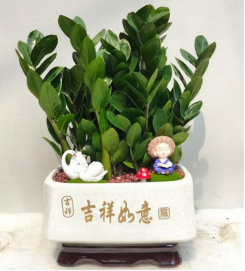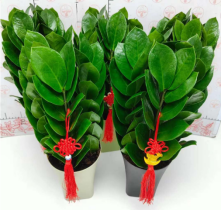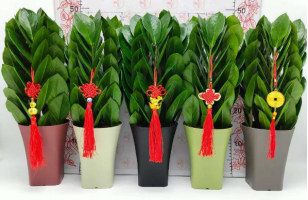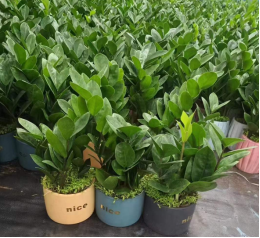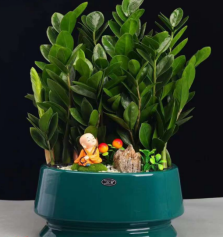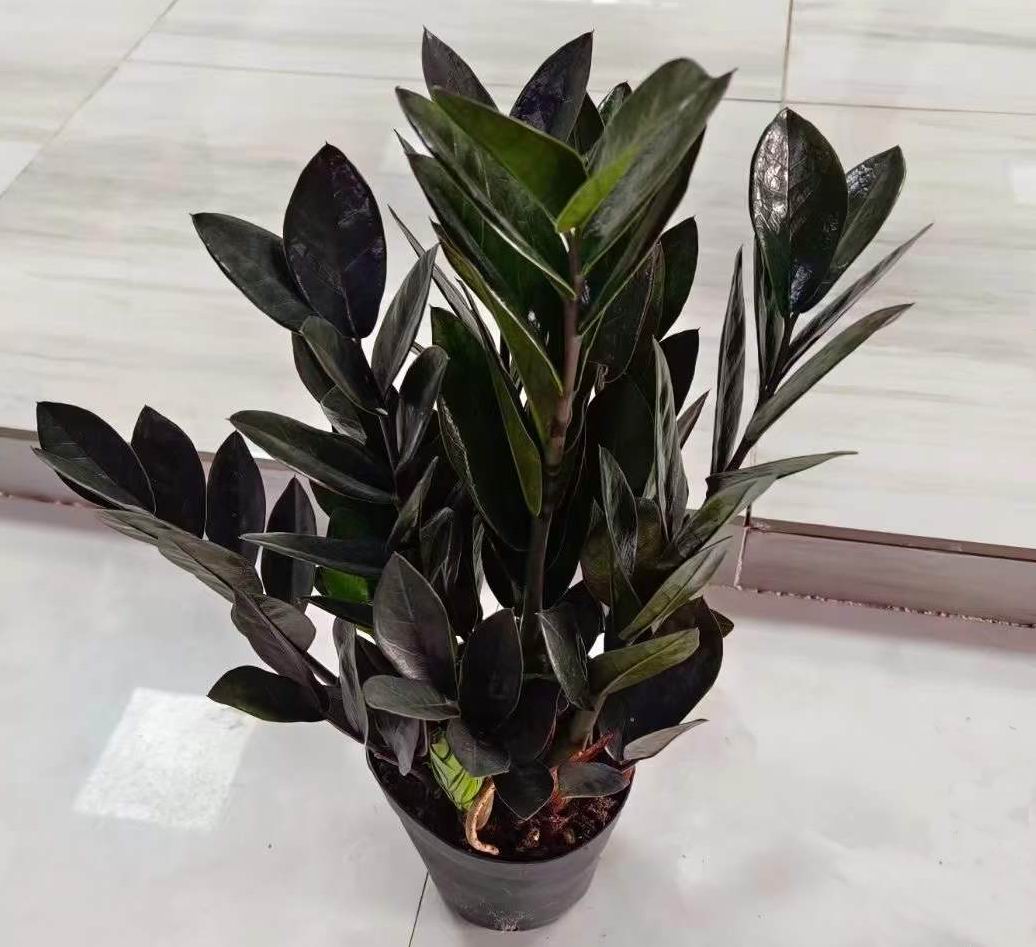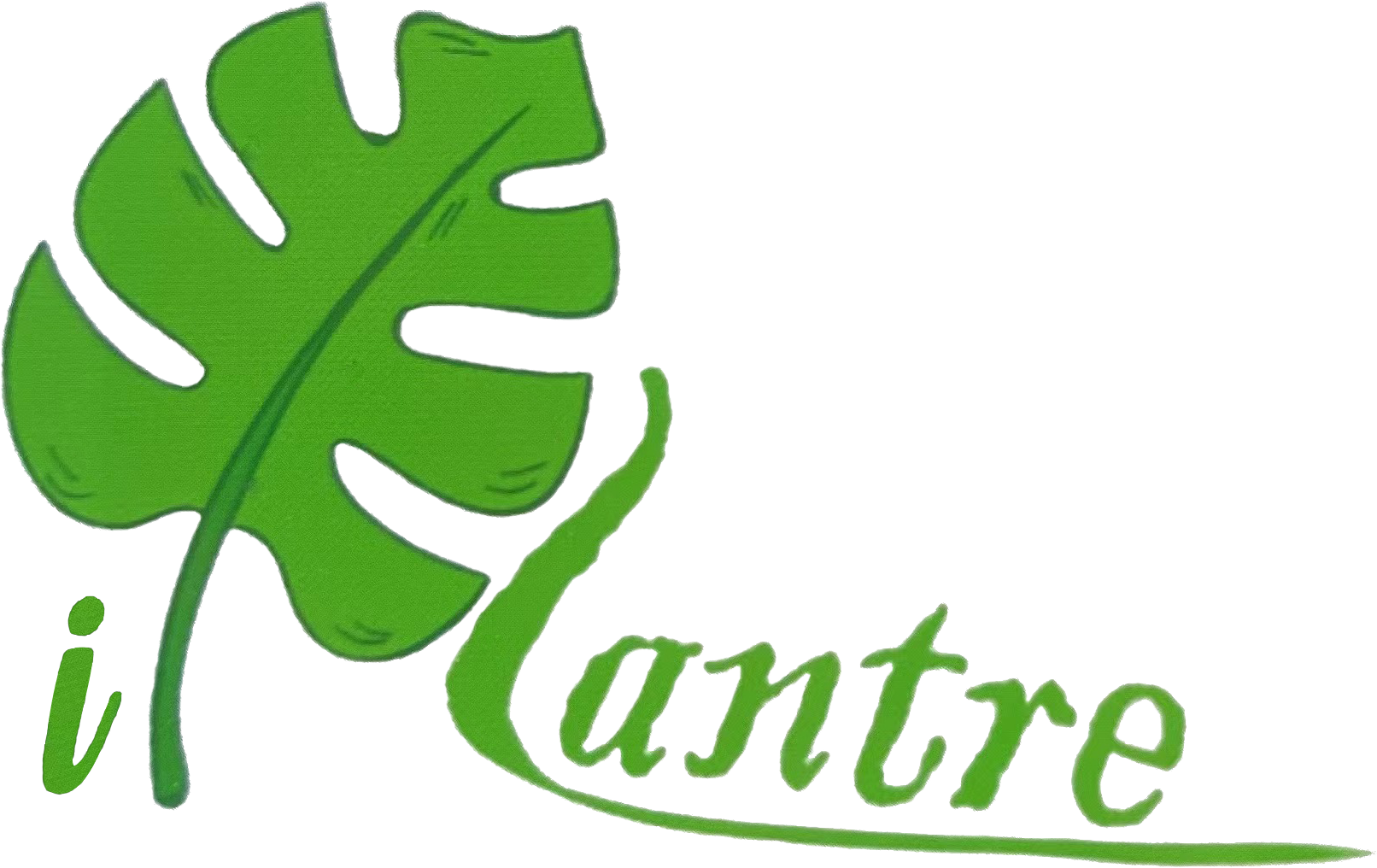The frequency of watering will depend on various factors such as the temperature, humidity, and light conditions in your specific environment. During the warmer months or if the plant is placed in a brighter location, it may require more frequent watering. In contrast, in cooler months or lower light conditions, the watering frequency can be reduced. Observe the plant and adjust your watering schedule accordingly. If the leaves of ZZ plants turn yellow or start to droop, it may be a sign of overwatering. On the other hand, if the leaves become wrinkled or develop brown tips, it could indicate underwatering. Adjust watering routine accordingly based on these visual cues.
Watering needs of a ZZ plant can vary depending on factors such as the size of the pot, the type of soil used, and the environmental conditions. However, it's better to underwater the ZZ plant than to overwater it. The plant is adapted to survive periods of drought, so it's more resilient to underwatering than overwatering. By paying attention to the soil moisture and adjusting your watering schedule accordingly, you can help keep your ZZ plant healthy and thriving.
Temperature: The ZZ plant (Zamioculcas zamiifolia) is a tropical plant native to regions in Eastern Africa. It is generally well-suited to indoor environments & can tolerate a range of temperatures. ZZ plants thrive in average to warm temperatures. Ideally, it prefers temperatures between 18°C (65°F) and 26°C (80°F). It can tolerate temperatures as low as 12°C (55°F) but may suffer damage or slow growth if exposed to prolonged cold conditions. Avoid placing the ZZ plant in areas with temperatures below 12°C (55°F) for extended periods.
ZZ plants can handle temperature fluctuations to some extent, but it generally prefers a stable environment. Avoid exposing it to drastic temperature changes, such as drafts from air conditioning units or cold drafts from windows during winter. Sudden temperature fluctuations can stress the plant and negatively affect its growth. High temperatures above 32°C (90°F) can cause leaf curling, discoloration, or even leaf burn. Protect the ZZ plant from intense sunlight by placing it in a location with bright, indirect light or providing filtered light during the hottest parts of the day.
During the warmer months of spring and summer, the ZZ plant will be more active in terms of growth. It may require slightly more frequent watering during this time. In contrast, during the winter months, when temperatures are cooler and daylight hours are shorter, the plant may enter a period of slower growth or even dormancy, it can be helpful to provide some extra humidity around plant or place it away from direct heat sources like radiators or heating vents.
Overall, maintaining a stable temperature within the recommended range will help ensure the health and vitality of your ZZ plant. Avoid exposing the plant to extreme temperature fluctuations or prolonged periods of cold temperatures.
